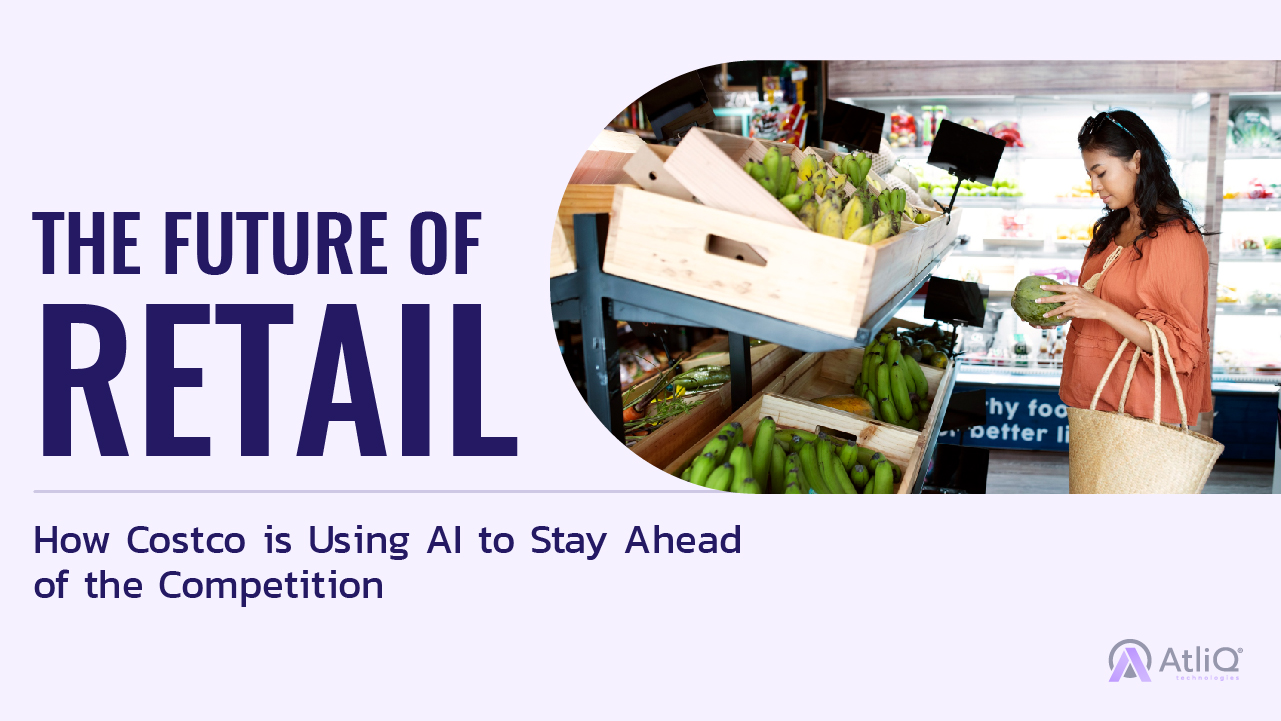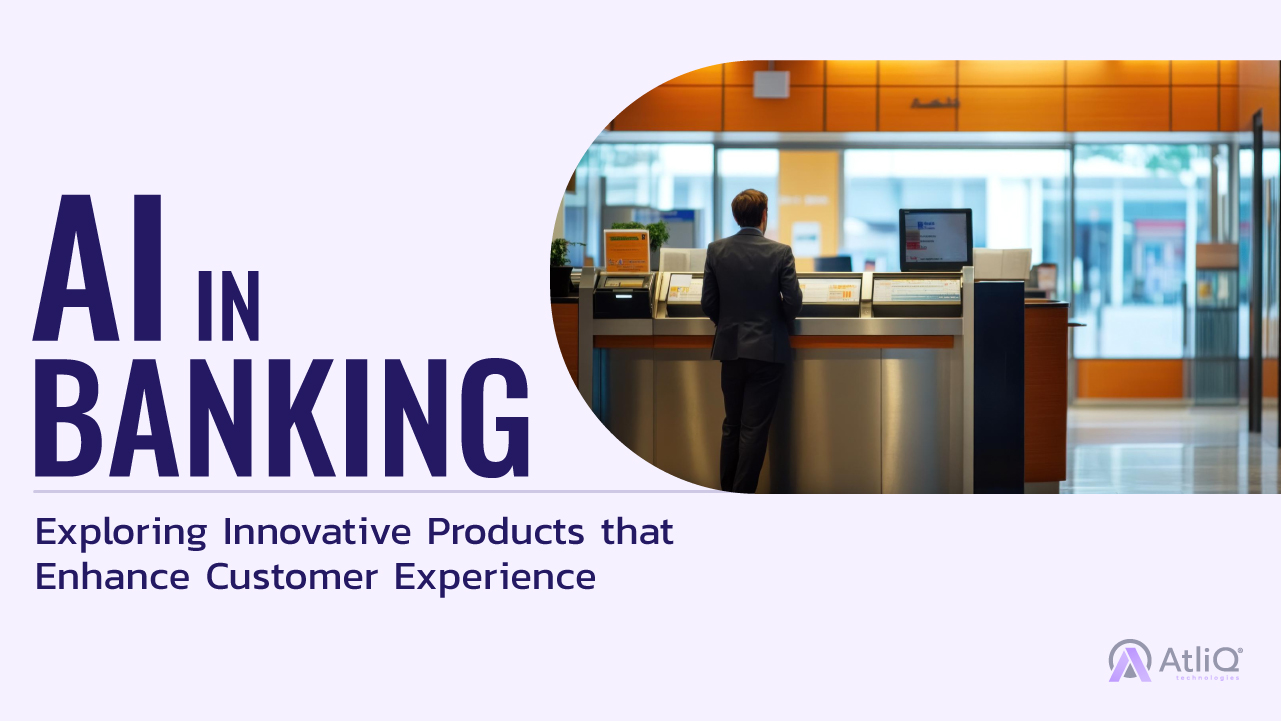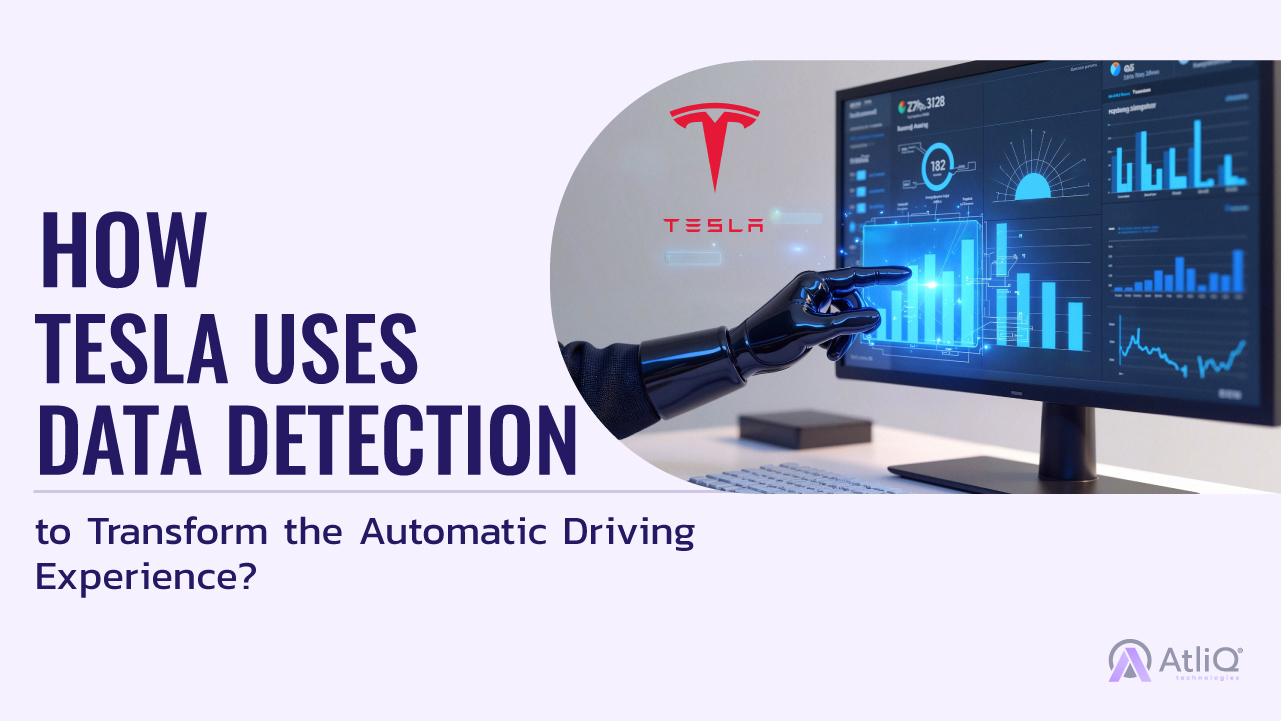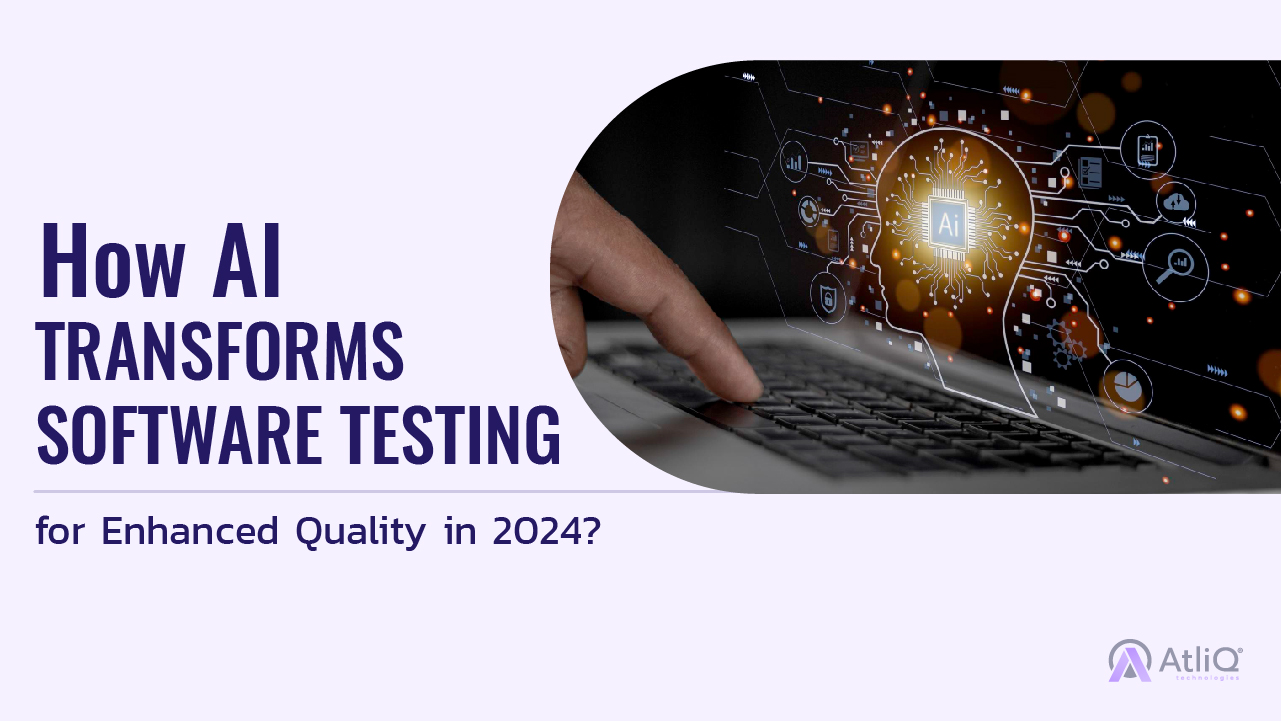
In a world where technology evolves at lightning speed, the stakes for software quality have never been higher. Imagine a realm where software bugs are detected before they even have a chance to make it to production, where testing isn’t a bottleneck but a catalyst for innovation. Welcome to 2024, where Artificial Intelligence is not just an option but a game-changer in software testing.
Gone are the days of tedious manual testing and endless regression cycles. AI is revolutionizing the way we ensure software quality, transforming complex testing processes into streamlined, efficient operations. This isn’t science fiction—it’s the new reality of software development, where algorithms and machine learning drive us closer to perfection. In this blog, we’ll dive into how AI is reshaping the landscape of software testing, ensuring unparalleled quality and efficiency in ways we could only dream of before.
Let’s embark on this journey into the future of software quality!
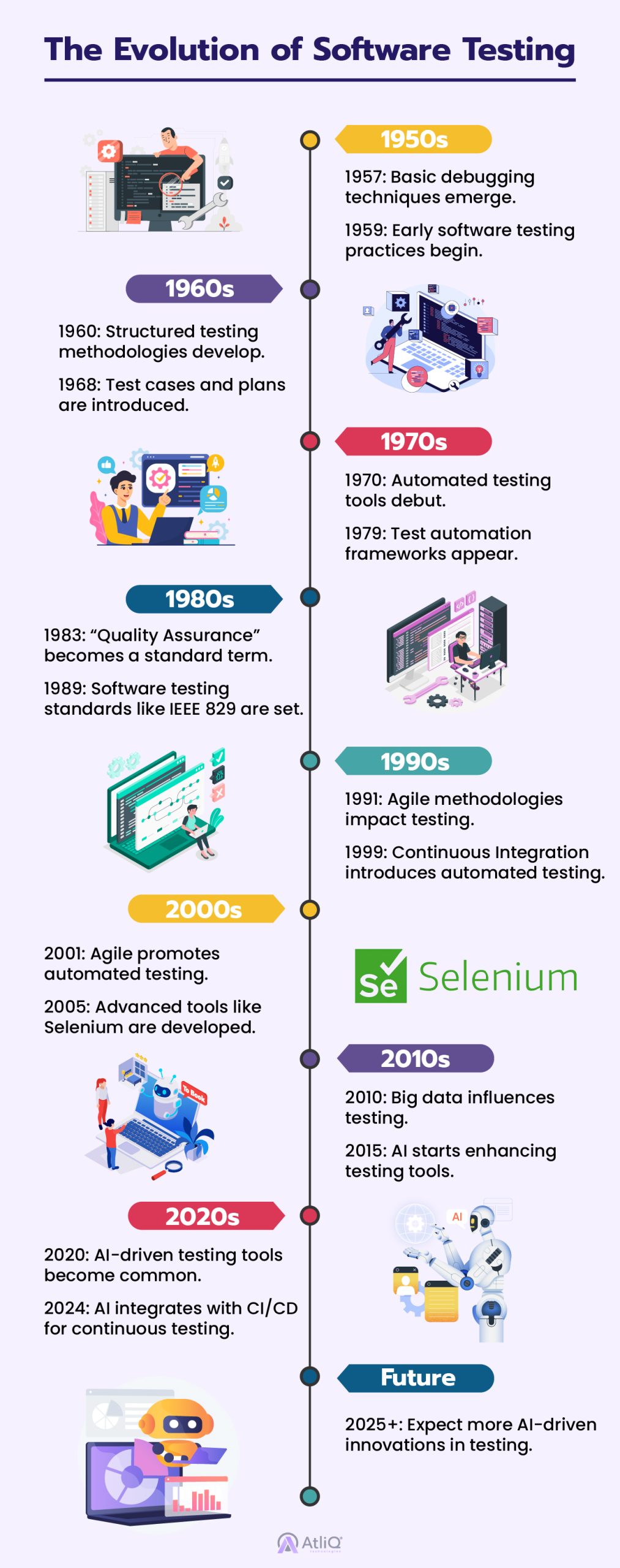
Definition of AI in Testing
AI in software testing refers to the application of advanced algorithms and machine learning techniques to enhance and automate various aspects of the testing process. AI aims to improve accuracy, efficiency, and scalability in identifying and addressing software defects.
Key AI Technologies Used in Testing
- Machine Learning (ML): ML algorithms analyze historical test data to identify patterns and predict potential issues. They enable automated test case generation, anomaly detection, and adaptive testing strategies that evolve based on the software’s behavior and previous results.
- Natural Language Processing (NLP): NLP is used to interpret and generate human-readable test cases from requirements documents and user stories. It helps in translating complex specifications into actionable test scenarios, facilitating easier communication between stakeholders and testers.
- Computer Vision: Computer vision technologies automate visual testing by analyzing screenshots and UI elements to detect discrepancies and ensure the visual integrity of the application.
- Predictive Analytics: Predictive analytics leverages historical data and AI models to forecast potential risks and defects before they manifest, allowing proactive measures to be taken and improving overall software quality.
How AI Enhances Quality in Software Testing?
- Automated Test Case Generation and Execution: AI streamlines the creation and execution of test cases by automating repetitive tasks. Machine learning algorithms analyze historical data to generate comprehensive test scenarios that cover various use cases. This automation speeds up the testing process, increases test coverage, and ensures that a wider range of potential issues are identified, all while reducing the manual effort required.
- Enhanced Accuracy and Reduced Human Error: AI minimizes human error by leveraging algorithms to perform consistent and precise testing. Unlike manual testing, which is prone to oversight and variability, AI-driven tools execute tests with a high degree of accuracy, ensuring that each test case is run as intended. This consistency helps in identifying defects more reliably and reduces the risk of overlooking critical issues.
- Predictive Analytics for Identifying Potential Defects: Predictive analytics, powered by AI, utilizes historical data and patterns to foresee potential defects before they occur. By analyzing trends and anomalies in previous test results, AI models can predict where issues are likely to arise in new versions of the software. This proactive approach allows teams to address potential problems early, improving the overall quality and stability of the software.
Overview of Popular AI-Powered Testing Tools
Testim: This tool uses machine learning to create and maintain test cases. It features a user-friendly interface that allows testers to design tests by simply interacting with the application. Testim’s AI capabilities adapt test scripts as the application evolves, minimizing maintenance effort and ensuring continuous test reliability.
Applitools: Specializing in visual testing, Applitools employs AI to compare screenshots and detect visual anomalies. It ensures that UI elements are rendered correctly across various devices and screen sizes, providing a comprehensive check of the visual integrity of applications.
Features and Benefits
- Test Automation: Both Testim and Applitools automate repetitive testing tasks, reducing manual effort and accelerating the testing cycle. Automation helps in scaling tests efficiently and ensures thorough coverage.
- Adaptive Learning: Tools like Testim utilize machine learning to adapt test scripts to changes in the application, minimizing the need for frequent updates and reducing maintenance overhead.
- Visual Validation: Applitools provides powerful visual validation capabilities, detecting even subtle visual defects that traditional testing might miss, ensuring a consistent and high-quality user experience.
- Improved Accuracy: AI-driven tools enhance testing accuracy by minimizing human error and ensuring tests are executed consistently, leading to more reliable results.
- Enhanced Efficiency: By automating test creation and execution, and providing advanced visual validation, these tools help accelerate the testing process and improve overall efficiency.
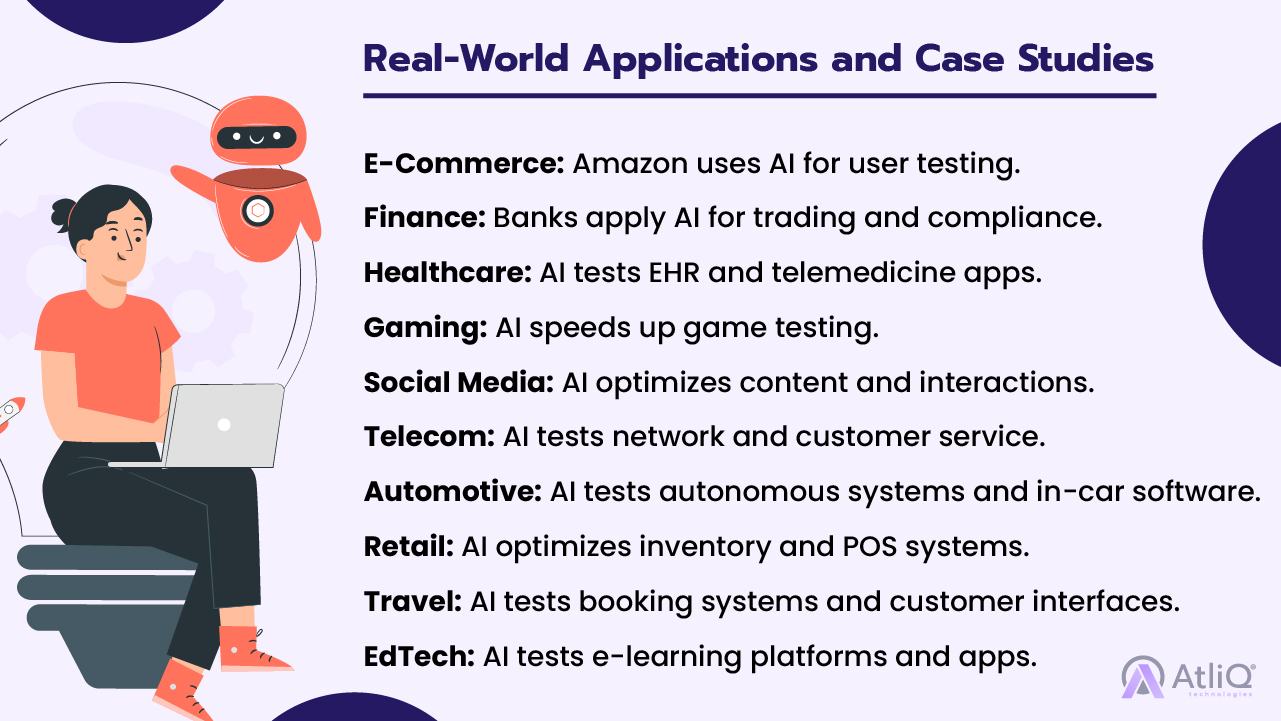
Challenges and Considerations
- Limitations of AI in Software Testing: While AI offers significant advantages, it has limitations. AI models are only as good as the data they are trained on, and they may struggle with unpredictable or novel scenarios. Additionally, AI tools might not fully understand the context or nuances of certain software features, potentially leading to gaps in testing coverage.
- Integration Challenges with Existing Systems: Integrating AI-driven testing tools with existing testing environments can be complex. Legacy systems and traditional testing processes may require substantial adjustments to accommodate new AI technologies. Compatibility issues, data migration, and the need for significant configuration can pose challenges during integration.
- The Need for Human Oversight and Expertise: Despite AI’s capabilities, human oversight remains crucial. AI tools need to be monitored and fine-tuned to ensure they are functioning correctly and providing accurate results. Human expertise is essential for interpreting AI outputs, addressing edge cases, and making strategic decisions based on AI insights.
Future Trends in AI and Software Testing
- Emerging Technologies and Innovations: The future of AI in software testing is shaped by several exciting innovations. Emerging technologies include advanced NLP for more intuitive test case creation and improved machine learning algorithms that enhance predictive capabilities. Additionally, the integration of AI with emerging fields like quantum computing may offer even more powerful testing solutions, enabling faster and more complex analysis.
- Predictions for the Future of AI in Quality Assurance: Looking ahead, AI is expected to further revolutionize quality assurance by driving more sophisticated automation and deeper insights. Predictive analytics will become even more refined, allowing for proactive defect management and enhanced risk mitigation. AI-driven testing tools will increasingly support adaptive testing, continuously evolving to keep pace with rapid software changes. The integration of AI with continuous integration/continuous deployment pipelines will streamline the testing process, making it more seamless and efficient. Overall, AI will continue to play a pivotal role in ensuring higher software quality and accelerating the development lifecycle.
As we navigate the rapidly evolving landscape of software testing, AI emerges as a transformative force, bringing unprecedented advancements in quality and efficiency. From automating test case generation to enhancing accuracy and leveraging predictive analytics, AI is reshaping how we approach software quality assurance. Tools like Testim and Applitools exemplify the power of AI-driven solutions, offering sophisticated capabilities that streamline testing processes and improve outcomes.
However, the integration of AI is not without its challenges. Addressing limitations, overcoming integration hurdles, and maintaining essential human oversight is critical for maximizing the benefits of AI in testing. As we look to the future, the continued evolution of AI technologies promises even greater innovations, from adaptive testing to seamless integration with CI/CD pipelines.
Embracing these advancements while remaining vigilant to potential challenges will be key to harnessing the full potential of AI in software testing. The journey towards enhanced quality and efficiency is well underway, and AI stands at the forefront, guiding us toward a future where software reliability and performance are paramount.
Want to ensure top software quality with AI? Let’s discuss your needs!
